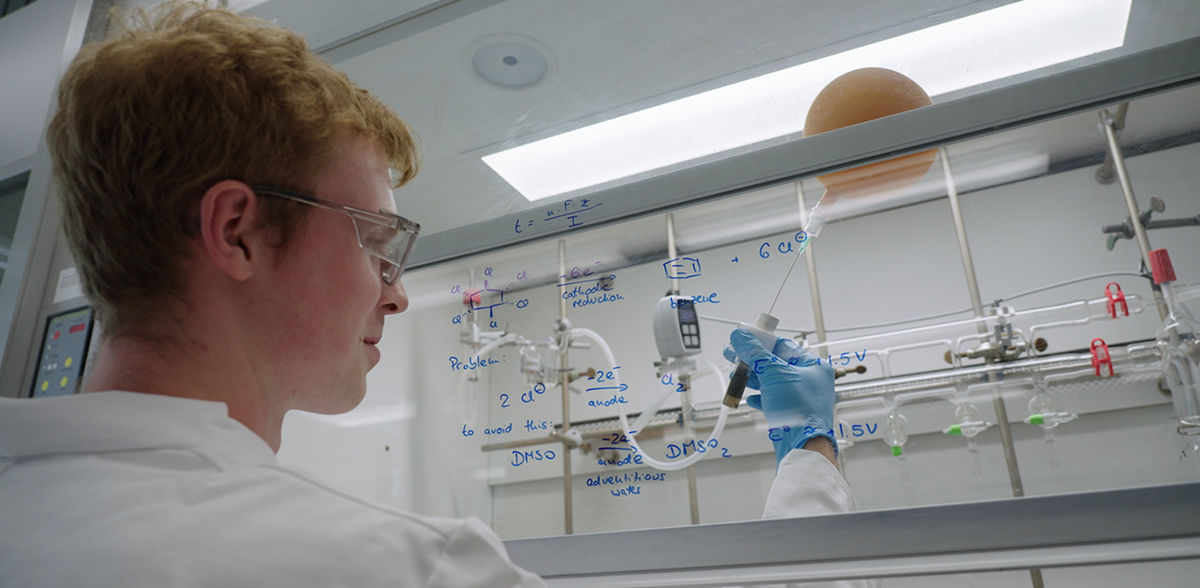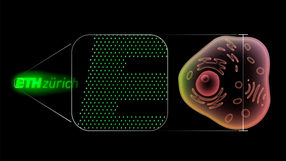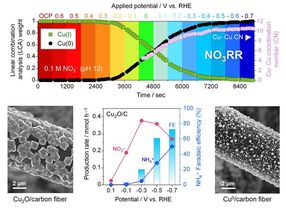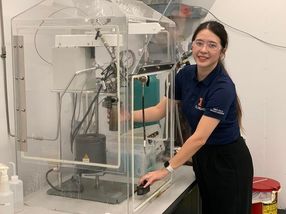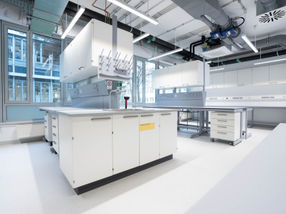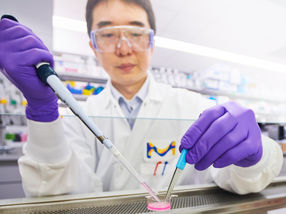Electrolysis solves one of the biggest legacy problems
New electrochemical method converts DDT and lindane into benzene and other chemical precursors
Advertisement
persistent organic pollutants such as DDT or lindane continue to pollute the environment and humans decades after their use. ETH researchers have developed a new electrochemical process that completely dehalogenates these persistent toxins and converts them into valuable industrial chemicals.
The process uses low-cost equipment, prevents side reactions and can be applied to contaminated landfills, soils or sludge. Mobile plants could be used on site in the future - an important step towards remediation of contaminated sites and a sustainable circular economy.
They were once considered miracle cures - insecticides such as lindane or DDT, which were produced and used by the millions in the 20th century. But what was celebrated as progress led to a global environmental catastrophe: persistent organic pollutants (POPs) are so chemically stable that they remain in soil, water and living organisms for decades. They accumulate in the fatty tissue of animals and thus enter the human food chain. Many of these substances have long since been banned, but their traces can still be found today - even in human blood.
The remediation of such contaminated sites in soil, water and landfills is one of the major unanswered questions in environmental protection. How can highly stable toxins be rendered harmless without creating new problems? Researchers at ETH Zurich, led by Bill Morandi, Professor of Synthetic Organic Chemistry, have now found a promising approach. Using a novel electrochemical method, they have succeeded not only in breaking down persistent pollutants, but also in converting them into valuable raw materials for the chemical industry.
Pollutants become raw materials
A major difference to previous work is that the carbon skeleton of the pollutants is recycled and made reusable. The halide components are bound as harmless inorganic salt. "The previous methods were also inefficient from an energy point of view," says Patrick Domke, a doctoral student in Morandi's group, and explains: "The processes were expensive and still led to environmentally harmful results."
Together with electrochemistry specialist Alberto Garrido-Castro, a former postdoc in this group, Domke developed a process that renders the pollutants in question completely harmless. The two researchers were able to draw on the many years of experience of ETH Professor Morandi, who has been working on the conversion of such compounds for years. "The decisive breakthrough came with the use of alternating current in electrolysis. It splits the halogen atoms into harmless salts such as NaCl (common salt) and at the same time produces valuable hydrocarbons," explains Morandi.
Decomposing toxins with electricity
Electrolysis enables the almost complete dehalogenation of pollutants under mild, environmentally friendly and cost-effective conditions. It splits the stable carbon-halogen bonds. All that remains are harmless salts such as common salt and useful hydrocarbons such as benzene, diphenylethane or cyclododecatriene. These in turn are sought-after intermediate products in the chemical industry, for example for plastics, paints, coatings or pharmaceutical applications. The technology therefore not only contributes to the remediation of contaminated sites, but also to a sustainable circular economy. "What makes our process so technically special is that we have managed to use alternating current, i.e. normal household electricity. There is actually no cheaper resource in the chemical industry," explains Garrido-Castro. "In addition, alternating current protects the electrodes from wear and tear, which is why we can reuse them for many subsequent electrolysis cycles. In addition, the alternating current suppresses unwanted side reactions or the formation of toxic chlorine gas, so that the pollutants can be completely converted into inorganic salts." The reactor used by the researchers consists of an undivided electrolysis cell using dimethyl sulphoxide (DMSO) as a solvent, which itself is a by-product of the pulping process in paper production.
The circular economy thought through to the end
The process can be applied not only to pure substances, but also to mixtures of contaminated soils. Soil or sludge can therefore be treated without pre-cleaning or further separation processes. A prototype of the reactor has already been successfully tested on classic environmental toxins such as lindane and DDT. "Our system is mobile and can be assembled on site. This eliminates the need to transport the hazardous substances," explains Domke.
Note: This article has been translated using a computer system without human intervention. LUMITOS offers these automatic translations to present a wider range of current news. Since this article has been translated with automatic translation, it is possible that it contains errors in vocabulary, syntax or grammar. The original article in German can be found here.
